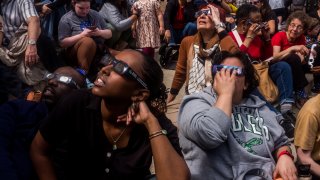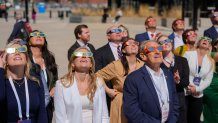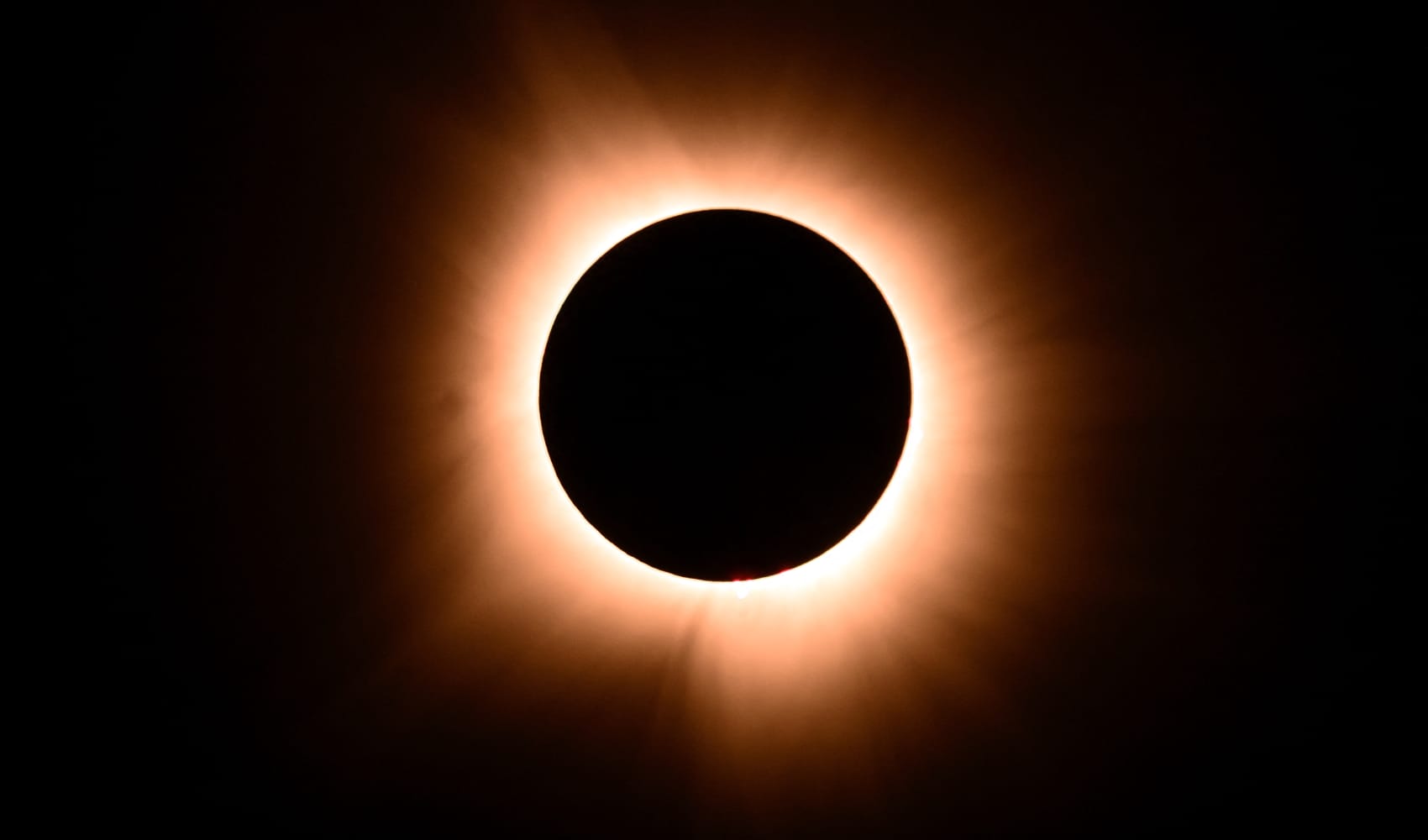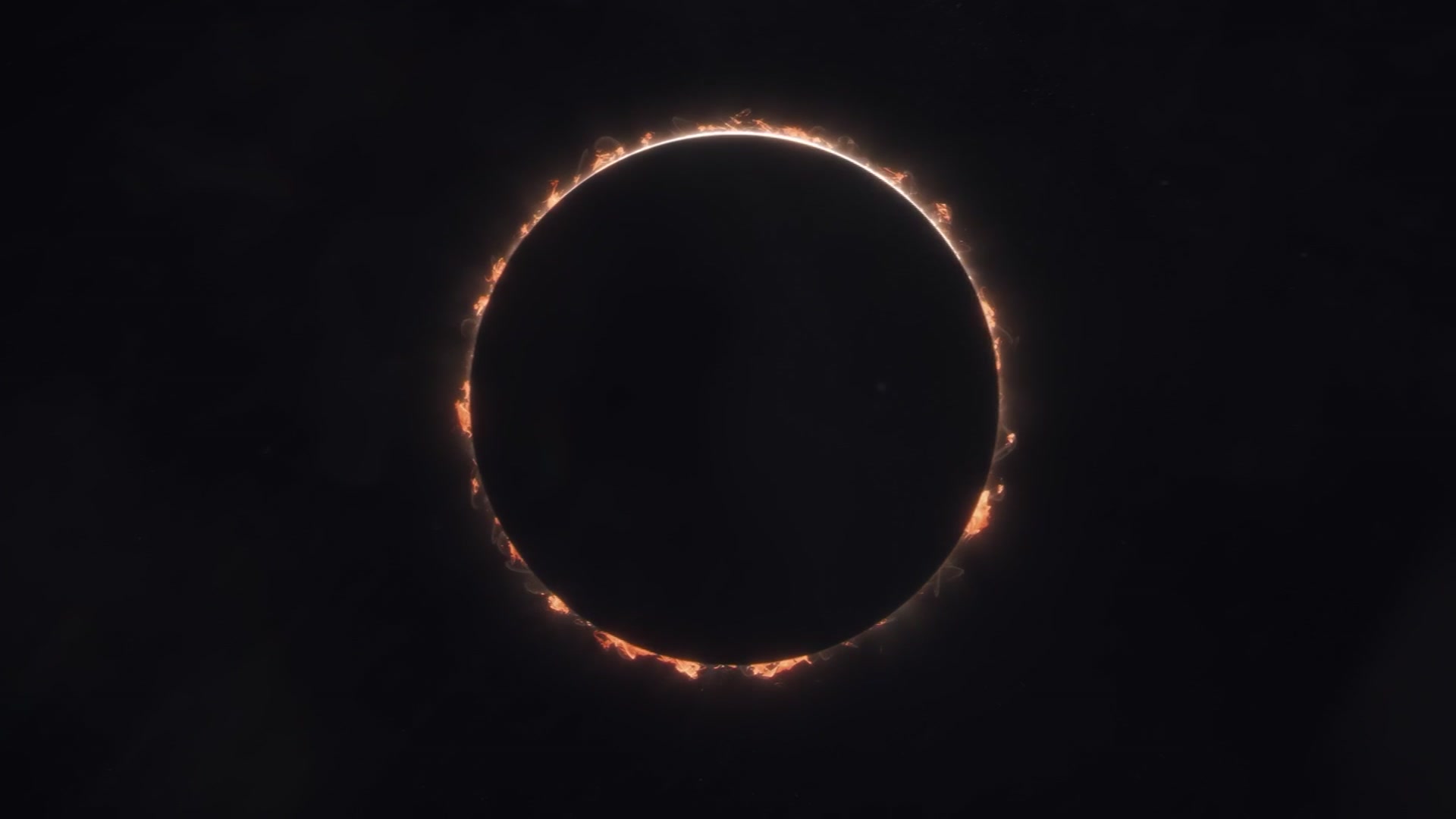
Google searches about “hurt eyes” spiked Monday afternoon, just after many U.S. communities experienced the total solar eclipse.
The searches suggest some people in the sun’s path were worried they’d glanced at it too long.
It’s a valid concern, eye experts said. Looking at the sun without protective equipment can harm your vision, and complaints of eye issues have been documented after past eclipse events. However, cases of long-term damage after eclipses aren’t common.
In addition, hurting eyes aren’t the best indicator of a severe problem: Injuries from “solar retinopathy,” when light injures retinas, occur without immediate pain.
Get Tri-state area news and weather forecasts to your inbox. Sign up for NBC New York newsletters.
Two main types of injuries are possible from looking at the sun — a burn to the outside of the eye and damage to nerve tissue within.
“You can get a little bit of a burn to the surface of the eye, or what we call solar keratitis,” said Dr. Daniel Lattin, an ophthalmologist at Nemours Children’s Health in Jacksonville, Florida. “You can get sort of a burn to that cornea, and that’ll cause redness and tearing and those sorts of symptoms. That should resolve on its own, within a day or two, without any sort of permanent damage.”
That type of injury is rare, and it’s more commonly associated with climbers who spend time at high altitudes without proper eye protection, said Dr. Russell Van Gelder, an ophthalmologist at University of Washington Medicine and the director of the Karalis Johnson Retina Center in Seattle.
“It’s pretty hard to get that eclipse gazing; you need a fair amount of exposure,” Van Gelder said.
Vision symptoms are more likely and worthy of concern.
“If you have symptoms of a blind spot, wavy lines, floaters or blurry vision, that could be solar retinopathy after this eclipse, and you need to be seen right away,” said Dr. Luxme Hariharan, chief of ophthalmology at Dayton Children’s Hospital in Ohio.
Hariharan said symptoms of solar retinopathy typically develop in the 24 hours after sun exposure. The condition isn’t associated with pain.

“It’s not a pain sensation,” Van Gelder said. “The retina is devoid of the sense of pain or temperature. The retina can’t feel when it’s injured.”
Lattin said there’s no treatment for solar retinopathy, though some patients’ eyes will recover over time.
Limited data suggests prolonged problems aren’t common. Only about 100 patients reported “eclipse-related retinopathy” after the 2017 total solar eclipse, according to a technical report published by the American Astronomical Society. Children and young adults were the most likely to be affected, according to the report, which based its estimates on informal survey data.
Van Gelder said no national registry keeps track of such injuries.
After the 2017 eclipse, he said, his clinic treated a half-dozen patients in Seattle who had eye complaints. He treated two of them directly, both of whom experienced partial recoveries.
“If people are having pain, it’s probably not anything significant,” Van Gelder said. “If they have vision issues, they should be seen.”
Experts said it doesn’t take long to damage the eyes after you gaze at the sun.
“It can take as little as one to two seconds where you’re looking at it unprotected if you’re not using the glasses,” Hariharan said. “The problem is when the moon is blocking it in totality and it’s cloudy, you think it’s safe to look at, and people will stare at it for longer.”
This article first appeared on NBCNews.com. Read more from NBC News here:



